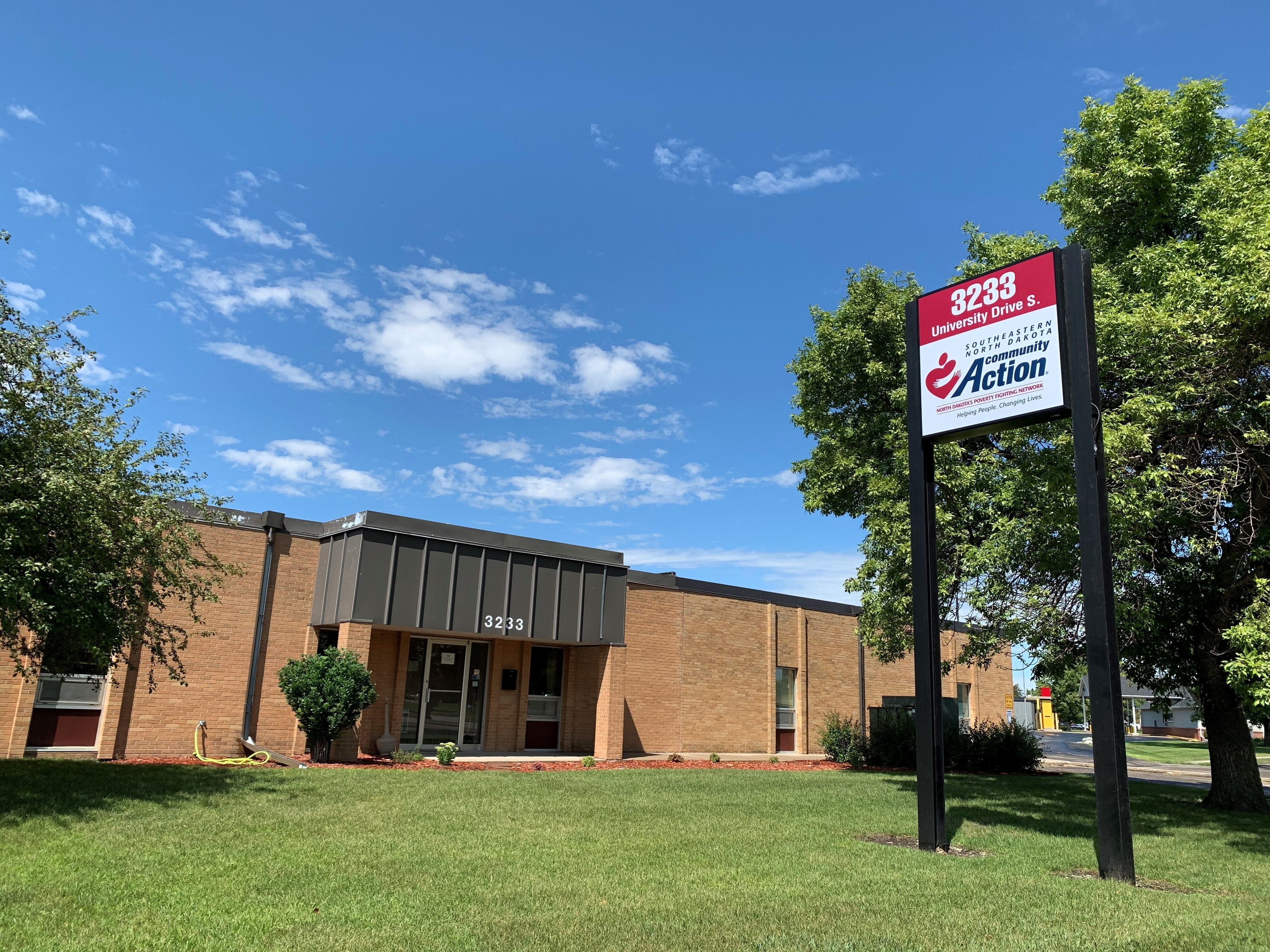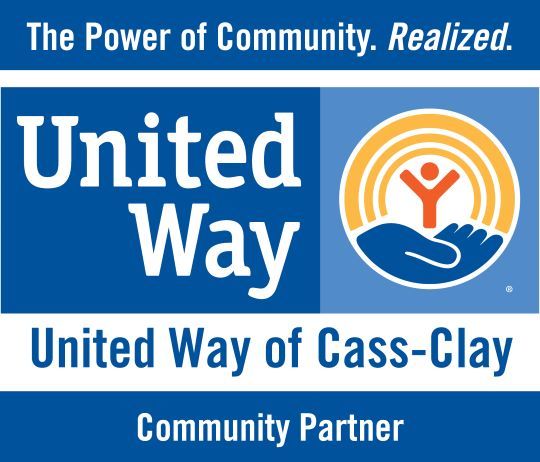Our Mission
To provide a range of services and activities designed to alleviate poverty and give low-income people the opportunity to improve their standard of living and achieve self-sufficiency.
Our Promise
Community Action changes people’s lives, embodies the spirit of hope, improves communities, and makes America a better place to live. We care about the entire community and we are dedicated to helping people help themselves and each other.
-
Our programs are designed to further our mission and provide much needed services for our constituents.
-
Donations from generous partners like you help us support families and individuals experiencing poverty move toward self-sufficiency!
-
Improve your community by joining our cause. You'd be surprised at what a huge difference a little bit of your time can make.

-
 Head Start Parent
Head Start Parent“I admire his teachers and how passionate they are about their students. It’s like we are family. They are always encouraging every day. My son absolutely loves going to school here”.
Our Impact This Year
Below are statistics gathered from our 2024 Annual Report.
-
Individuals Served
4,200
-
Households Served
1,900
-
Children Taught
436
-
Home Repairs
321
This website is supported by Grant Number 08CH010729 (Office of Head Start), Grant Number 2501NDCOSR (Community Services Block Grant), and Grant Numbers 2101NDE5C6 and 2101NDE5C6 (Low Income Home Energy Assistance) within the Administration for Children and Families, a division of the U.S. Department of Health and Human Services. Additionally, the website is supported by Grant Number DE-EE0009921(Weatherization Assistance Program) within the U.S. Department of Energy.
Neither the Administration for Children and Families, U.S. Department of Energy, nor any of its components operate, control, are responsible for, or necessarily endorse this website (including, without limitation, its content, technical infrastructure, and policies, and any services or tools provided). The opinions, findings, conclusions, and recommendations expressed are those of SENDCAA and do not necessarily reflect the views of the any of the Administration for Children and Families or the U.S. Department of Energy.







